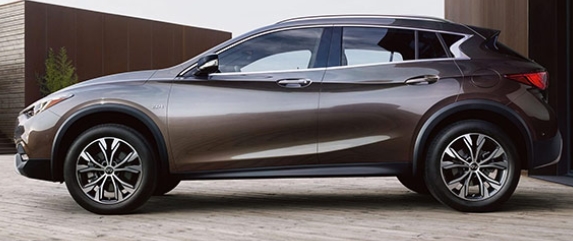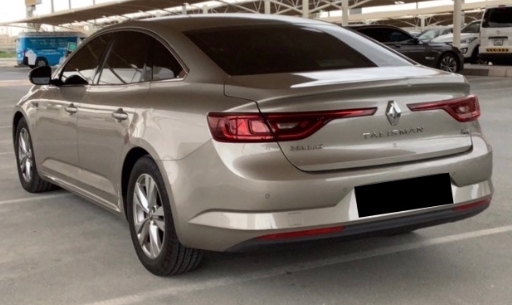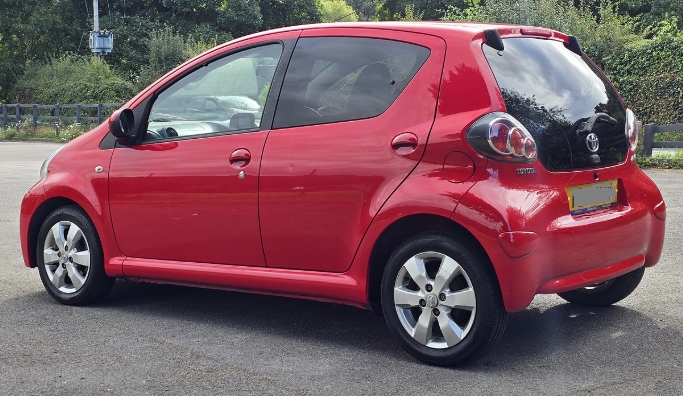The Evolution of the Jeep Wagoneer: A Comprehensive History of a Legacy SUV
The Jeep Wagoneer is a nameplate that has become synonymous with rugged luxury, pioneering design, and a pioneering spirit that has evolved over nearly six decades. From its origins as a trailblazing full-sized SUV to its recent revival as a premium modern flagship, the Wagoneer’s history reflects the changing tastes, technological advances, and market demands of the automotive industry. This article traces the evolution of the Jeep Wagoneer, detailing its production years, models, and trim levels throughout its storied history.
Origins and First Generation (1962–1991)
Introduction and Early Years (1962–1973)
The Jeep Wagoneer was introduced in 1962 as a full-sized luxury SUV designed to blend off-road capability with comfort and style. Manufactured by Willys-Overland, and later by American Motors Corporation (AMC) after AMC acquired Jeep in 1963, the Wagoneer was positioned as a premium vehicle in Jeep’s lineup.
First Generation (SJ) (1963–1991)
The first-generation Wagoneer (SJ platform) was produced over a long span, with intermittent updates. It was built at the Jeep plant in Toledo, Ohio, and remained in production for nearly three decades, a testament to its popularity and iconic status.
Models and Trim Levels
Initially launched as a two-door wagon, the Wagoneer quickly expanded to include four-door variants, which became the most popular. Over its production run, the Wagoneer was offered in various trim levels, emphasizing luxury and utility.
Early Trim Levels:
- Base: The basic Wagoneer offered a straightforward full-sized SUV experience with minimal luxury features but capable off-road performance.
- Super Wagoneer: Introduced in the early 1970s, this upscale version added luxury touches, more powerful engines, and additional amenities.
- Limited: Featured luxurious interior appointments, woodgrain trim, and higher-end options, positioning it as a premium model.
Key Features and Changes:
Throughout its first-generation run, the Wagoneer received several updates:
- Engines: Began with 4.7L (283 cu in) V8 engines, later upgraded to 5.9L (360 cu in) and 6.6L (400 cu in) V8s, reflecting increasing power needs.
- Design: Maintained its boxy, rugged appearance, with distinctive woodgrain side panels becoming a hallmark of the Limited trim.
- Suspension and Drivetrain: Offered four-wheel drive options, making it versatile off-road and on-road.
End of Production (1991)
By the late 1980s and early 1990s, the Wagoneer faced stiff competition from other full-sized SUVs like the Chevrolet Suburban and Ford Bronco. AMC phased out the Wagoneer after 1991, replaced by the Jeep Grand Wagoneer, which we will discuss shortly.
The Grand Wagoneer Era (1984–1991)
While the Wagoneer name originally referred to the full-sized SUV, AMC introduced the Grand Wagoneer in 1984 as a more luxurious and upscale variant. It is often considered a distinct model but shares much in lineage and design with the Wagoneer.
Features of the Grand Wagoneer:
- Luxury Focus: Rich woodgrain exterior trim, leather interiors, advanced (for the time) audio and climate control systems.
- Engines: Powered by AMC’s 5.9L V8, later upgraded to 7.0L engines, and optional fuel injection.
- Trim Levels: Primarily positioned as the top-tier luxury SUV, with fewer trim variants but multiple packages offering additional luxury features.
Post-1991: Discontinuation and the Jeep Grand Wagoneer (1993–1996)
In 1991, Jeep replaced the Wagoneer with the Grand Cherokee, marking a shift toward more modern, mid-sized SUVs. However, the full-sized luxury SUV segment persisted, and Jeep reintroduced the Grand Wagoneer as a distinct, more upscale model from 1993 until 1996.
Grand Wagoneer (1993–1996):
This iteration was based on the Jeep Wagoneer platform but featured updated styling and features, aiming at the luxury market.
- Trim Levels: Mostly a single high-end trim with features like leather seats, premium audio, and advanced (for the time) electronic systems.
- Engines: Powered by a 5.2L (318 cu in) V8, with optional 5.9L (360 cu in) V8.
The Grand Wagoneer was discontinued after 1996 due to declining sales and increasing competition from other luxury SUVs and the rising popularity of smaller, more fuel-efficient vehicles.
The Modern Revival: Jeep Wagoneer (2022–Present)
Return of the Wagoneer (2022–Present)
After a hiatus of over two decades, Jeep announced the revival of the Wagoneer nameplate in 2021, with the new Wagoneer debuting as a full-sized luxury SUV for the 2022 model year. This marks a significant return, positioning the Wagoneer as a flagship model for Jeep’s luxury and premium segment.
2022 Model Year
The modern Wagoneer arrived with a focus on luxury, technology, and capability, targeting high-end consumers.
Models and Trim Levels:
- Wagoneer Series I: The base luxury trim, featuring a 6.4L V8 engine, premium interior materials, advanced driver-assistance systems, and a suite of modern infotainment options.
- Wagoneer Series II: Adds additional luxury features, larger wheels, upgraded interior trims, and optional features like a rear-seat entertainment system.
- Wagoneer Series III: The top-tier trim offering the most luxury amenities, including high-end leather, advanced sound systems, and driver-assistance packages.
- Wagoneer L (Long Wheelbase): Introduced for additional space and comfort, especially in the three-row seating configuration.
Powertrain and Features:
- Engine: A 6.4L V8 (HEMI) producing approximately 471 horsepower, paired with an 8-speed automatic transmission.
- Luxury and Technology: Features include a large touchscreen infotainment system, premium audio, leather upholstery, customizable ambient lighting, and advanced safety features.
2023 and Beyond
The Wagoneer lineup expanded to include the Grand Wagoneer, emphasizing ultra-luxury features, bespoke interior options, and a focus on comfort and technology. The Grand Wagoneer shares the same platform but is positioned even higher in the luxury hierarchy.
Trim Levels:
- Series I & II (Wagoneer): Entry and mid-level trims with increasing levels of luxury and technology.
- Series III (Wagoneer): Top-tier with premium amenities.
- Grand Wagoneer: Flagship model with bespoke features, premium materials, and exclusive options.
.
NO MORE dead batteries with this:

.
Summary of the Evolution
| Era | Years Produced | Key Models | Notable Trim Levels | Powertrain Highlights |
|---|---|---|---|---|
| First Generation (SJ) | 1963–1991 | Wagoneer, Super Wagoneer, Limited | Base, Super, Limited | 4.7L, 5.9L, 6.6L V8 engines |
| Grand Wagoneer (1984–1991) | 1984–1991 | Grand Wagoneer | Single luxury trim | 5.9L, 7.0L V8 |
| Post-1991 | 1993–1996 | Grand Wagoneer | High-end trim | 5.2L, 5.9L V8 |
| Modern Revival | 2022–Present | Wagoneer, Grand Wagoneer | Series I–III, Grand Wagoneer | 6.4L V8, 471 hp |
Conclusion
The Jeep Wagoneer’s evolution reflects a vehicle that has transitioned from a rugged, utilitarian off-road vehicle to a symbol of luxury and sophistication. Its long-standing presence in the SUV market is marked by innovations in design, comfort, and capability, maintaining a loyal following among enthusiasts and luxury consumers alike.
From its debut in the early 1960s through its hiatus in the late 1990s, and its triumphant return in the 2020s, the Wagoneer remains an icon of American automotive history. Its models and trim levels have evolved to meet changing consumer demands, blending heritage with cutting-edge technology to ensure its legacy endures for generations to come.







